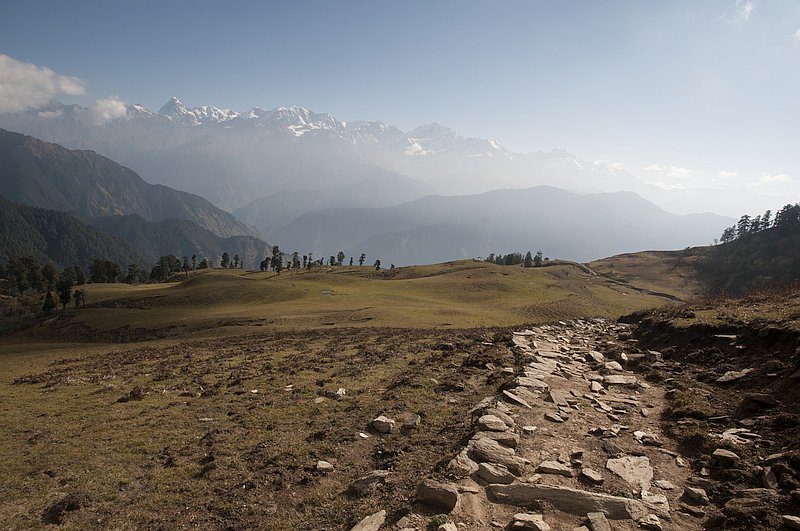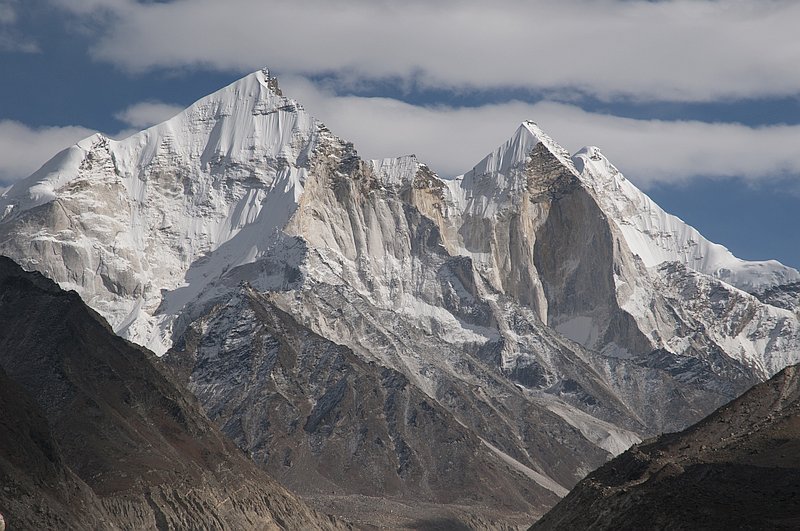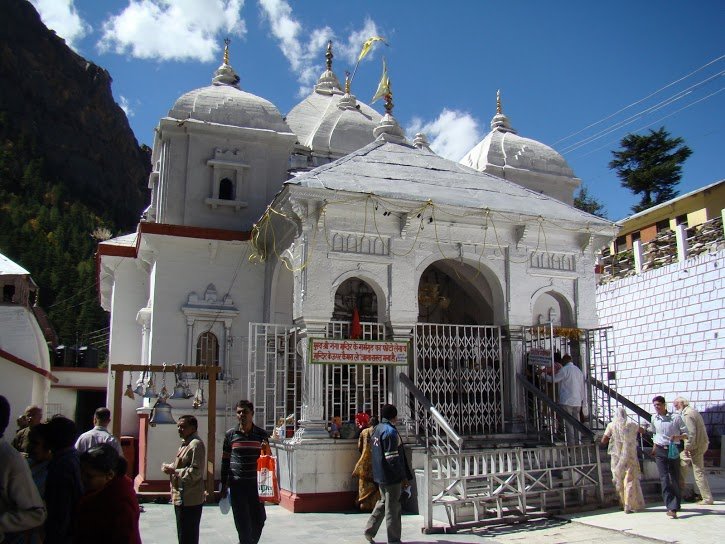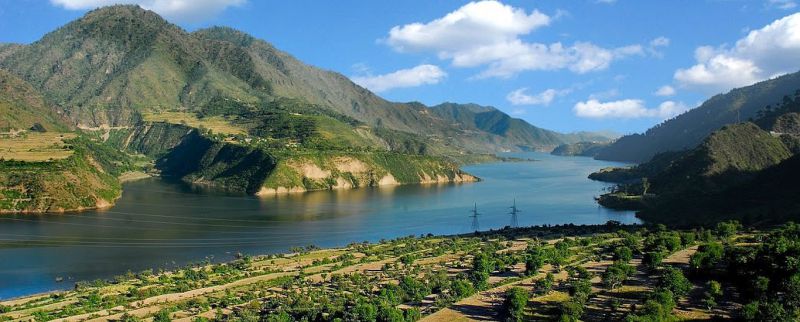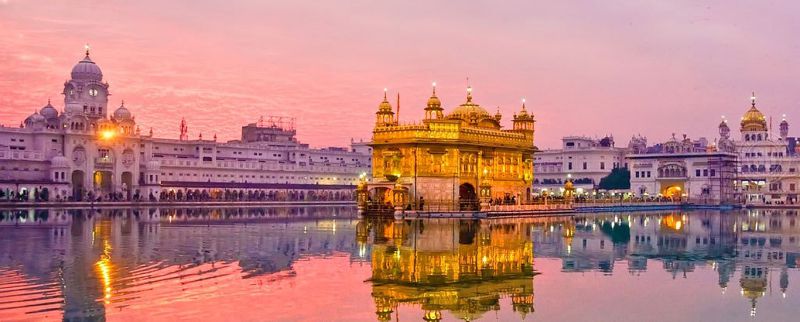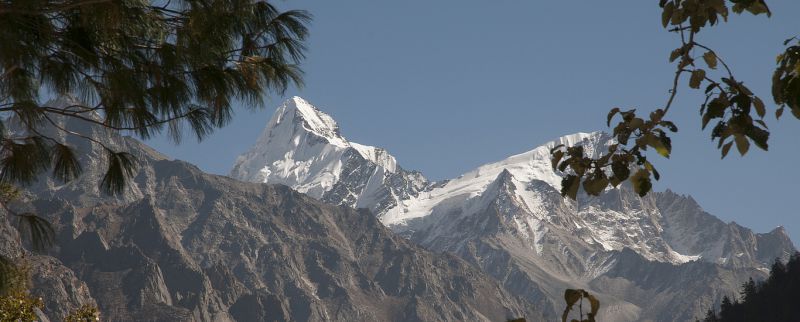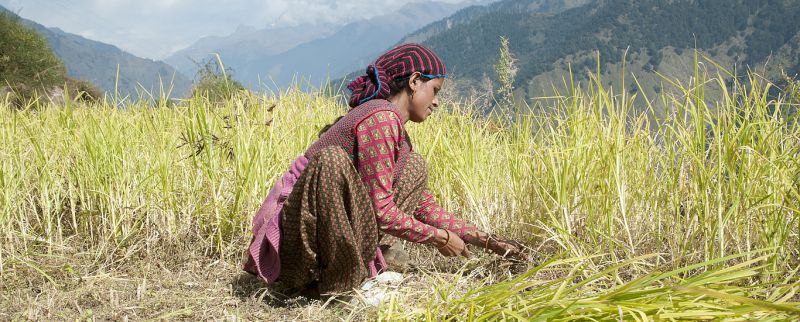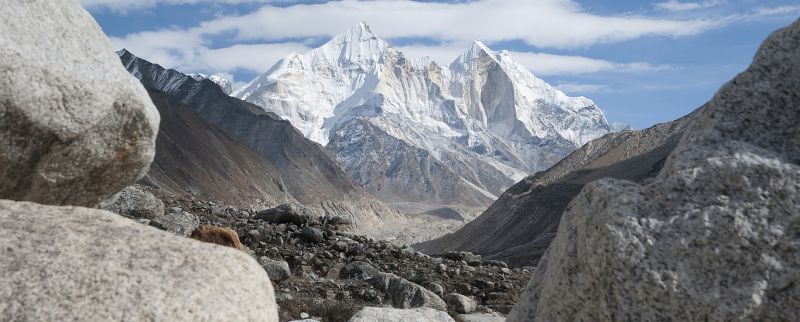Uttarakhand, a picturesque mountainous state in northern India, is divided into two main regions: Garhwal and Kumaon. Nestled between the states of Himachal Pradesh and Uttar Pradesh, and bordered by Nepal and Tibet, Uttarakhand is home to some of the most awe-inspiring snow-capped peaks of the Himalayas. This region is also a land of profound spiritual significance, hosting some of the holiest sites for Hindus. While western tourism remains relatively limited, most visitors are pilgrims who travel to Garhwal, particularly to the sources of the Ganges, which are revered as sacred. In Devprayag, where the Alaknanda and Bhagirathi rivers converge, the town has become a major pilgrimage destination. Stairs carved into the rocky banks lead visitors down to the holy river.
For those wishing to immerse themselves in the spiritual atmosphere, a visit to Gangotri offers the chance to partake in Hindu purification rituals, or explore one of the many yoga schools in the region for a deeper connection to the practice. Whether you're seeking a short yoga retreat, Ayurvedic treatments in luxurious ashrams in Rishikesh, or a trek along alpine pastures surrounded by pine and birch forests, Uttarakhand offers unparalleled opportunities to connect with both nature and spirituality.
The Garhwal and Kumaon regions are not only known for their diverse landscapes but also for the rich culture and traditions of their people. Kumaon, in particular, is famed for its warriors, with the Kumaon Regiment celebrated for its courage and honor during British colonial rule. Visitors will also experience the warmth and hospitality of the local population, who welcome travelers with open arms and bright smiles
Enquiry : +41 79 937 33 20
Email : [email protected]
 ENG
ENG
 DE
DE

